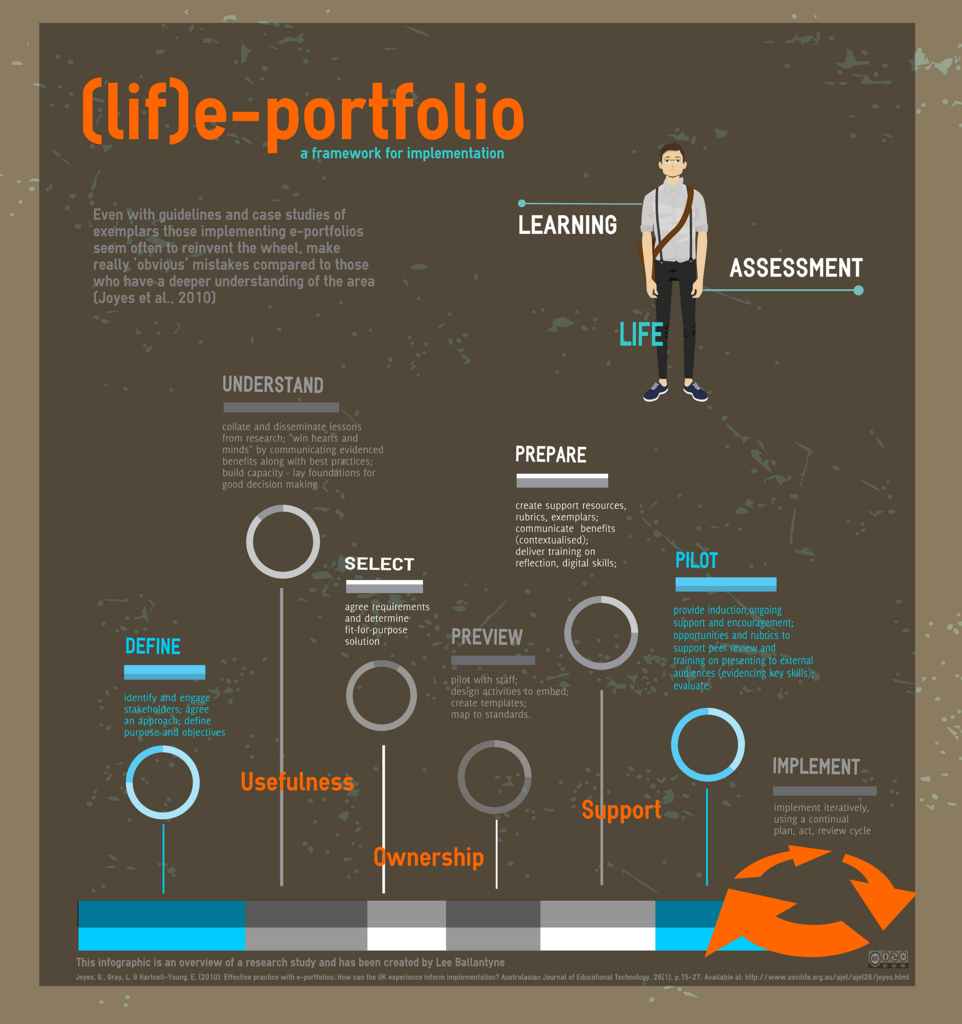Communicating with stakeholders
Some time in the mid 1990s I can remember writing my first project web site – for a project called DETOP, I think. It was pretty crude – I got myself a teach yourself HTML book and away I went. Now of course very project has its own web site – and many have more than one. Content management Systems like WordPress, Drupal and Joomla have made the technical process pretty easy.
But that hasn’t done much for the quality of the content. In particular, most research projects are pretty dull stuff. The aims and objectives, a list of partners with their logos, various reports downloadable in Word or PDF format, a news page usually showing a picture of project partners at their last meeting and sometimes (but too rarely a blog).
These sites are basically a formality – to fulfil funding conditions rather than to involve users. We have been thinking about how to change this for the EU funded Learning Layers project. The project is researching and developing the use of technology for informal learning in Small and Medium Enterprises. And one of our targets is to engage with significant numbers of users – initially in two ‘industrial clusters’, a health cluster in north east England and a construction industry cluster in north Germany.
To help in this task we are developing a User Engagement Model. And of course, we have to develop a dissemination plan. I have been doing some literature searches around user engagement models. Surprisingly, not much came up. Most of it is either promotional materials offering (for a price) to help you gain users or ideas social software providers can fi9nd out more about their users. Changing the search string to Stakeholder Engagement, though, provides much richer results. Although many of the ideas have been written by NGOs or charities written from the viewpoint of engaging with stakeholders in their various projects or from local authorities and other organisations wishing to consult with service users, their is much which is relevant and well though through.
One research paper which particularly interests me is ‘An Organizational Stakeholder Model of Change Implementation Communication‘ by Laurie K. Lewis.
Implementation is seen as ‘‘the translation of any tool or technique, process, or method of doing, from knowledge to practice’’ (Tornatzky and Johnson, 1982 p. 193) and the authors quote Real and Poole (2005) who argue that ‘‘without implementation, the most brilliant and potentially far-reaching innovation remains just that—potential’’ (p. 64).
The paper argues that change models and processes need to be linked to communication strategies towards different stakeholders. They advance four dimensions of communication strategy choices:
Positive versus balanced message
In considering the positivity or the balanced nature of the communication messages, implementers decide whether positive aspects of the change should be emphasized or whether emphasis of positives should be balanced with acknowledgment of negative aspects of the change or the change process……
Dissemination focus versus input focus
In considering the focus of the communication campaign, implementers decide whether to orient their communication resources toward sharing information about change or toward soliciting input from stakeholders. This is essentially a question about whether to engage in a participatory approach to implementation wherein stakeholders at various locations around the organization are invited to be heard and/or are empowered to make decisions. The alternative approach emphasizes information or instruction about the change in top-down messages that attempt to influence compliance……
Targeted message versus blanket message
This dimension of the communication campaign deals with the degree to which messages created about the change will be customized, targeted to specific stakeholders or stakeholder groups, or whether the campaign will have a more blanket strategy wherein the same basic messages are repeated across all stakeholder groups…..
Discrepancy focus versus efficacy focus
This dimension of the communication campaign concerns the degree to which the message is focused on creating an urgency that motivates the need for the change (discrepancy) or on creating a belief that the organization and the individuals in it have the resources necessary to close the discrepancy gap (efficacy)…..
And whilst the research and model is intended as a scholarly contribution, it seems to me to provide some very real ideas and choices for how we might want to deign a communication strategy for different stakeholders, of which our project web site will provide a key element (more on these issues to follow).


